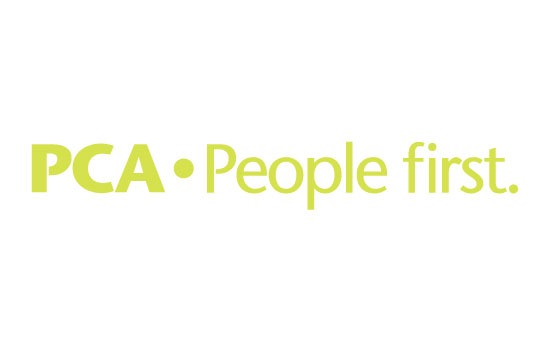
In its most basic form communication is the ability to convey a message to an audience. Communication is also the process by which information is exchanged between individuals.
Recently at PCA we participated in an in-house training activity designed to challenge and highlight the different ways people communicate.
The activity involved two teams with “lookers” who saw a finished lego vehicle, multiple sets of “runners” that passed instructions from one to the other and finally “builders” that attempted to build a replica of the lego vehicle sight unseen and based only on the information they were provided by the “runners”.
The exercise was a lot of fun and resulted in lego vehicles of “interesting” designs. On the serious side, we learnt a lot about our communication styles.
One team started with big picture descriptions and then followed with details whilst the other team did the complete opposite. One team provided frequent small pieces of information whilst the other provided less frequent but more information.
There is no right or wrong answer and it is dependent on the people involved, however valuable lessons we discovered included the importance of listening carefully and being focussed throughout, of clarifying by repeating or paraphrasing until a mutual understanding was achieved, of being open minded and ready to receive information in whatever form it came, of adjusting our style from spoken to written instruction and even including drawings and diagrams. We also identified the pitfalls of making assumptions.
Employers and employees alike require effective communication skills. Throughout recruitment processes, communication skills are paramount. Clients, Candidates and Recruitment Specialists must have a clear understanding of the job role being filled and the applicant pool available. There are many aspects of this including client background, position status, position details, person specifications, interview process and general questions. These are the overarching aspects however each has a myriad of layers and all need to be fully understood by those involved.Listening, clarifying, being open-minded and adjusting styles are all techniques that can be used to ensure a mutual understanding throughout the recruitment process.
And beware the pitfalls of assumptions!



